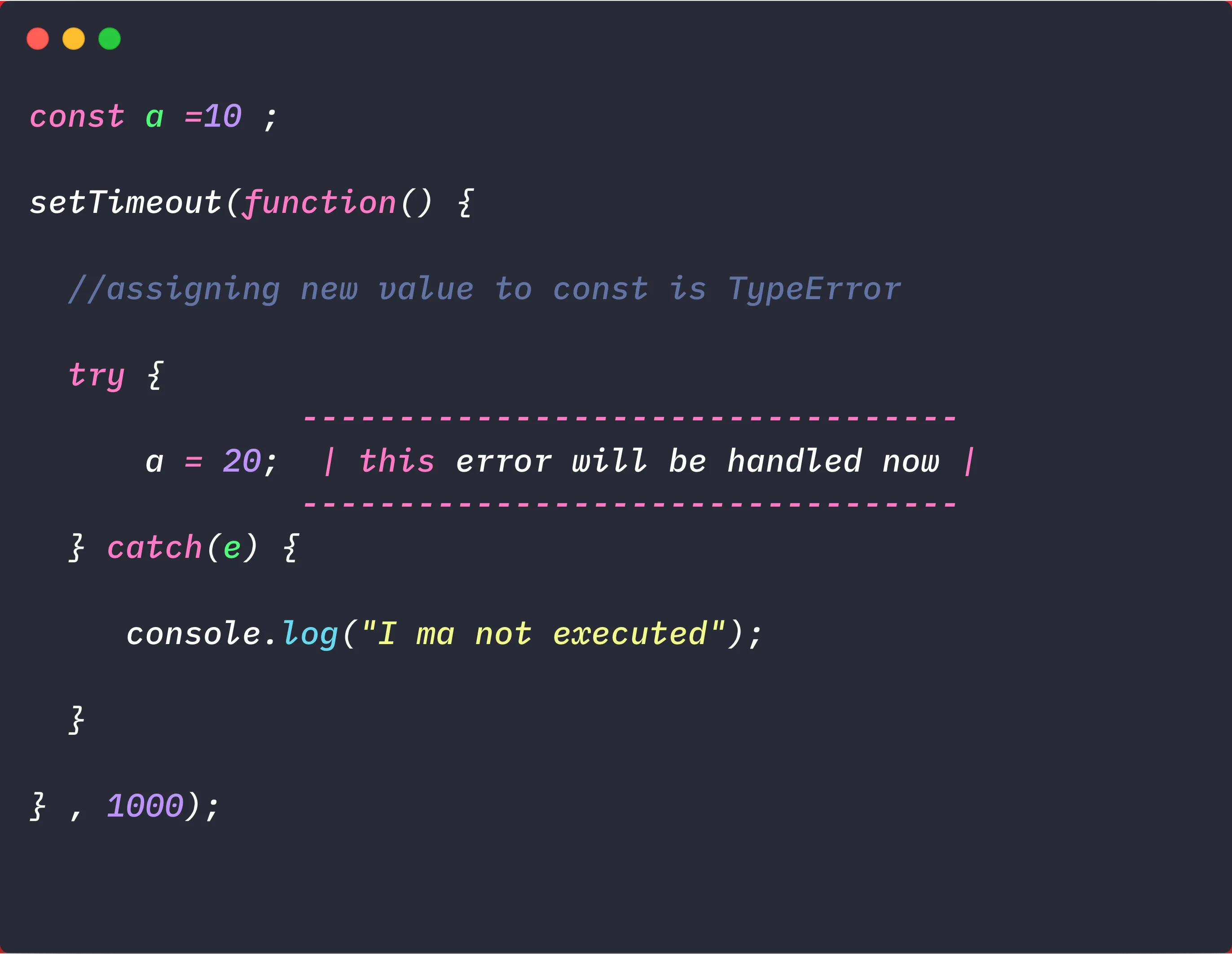Creating applications can be tedious. Traditional systems take days to develop. Programmers rely on extensive coding. But there's an easier method - low-code development.
Low-code platforms enable app creation with little or no coding. They use drag-and-drop tools, automation, and visual components. This makes app development faster and easier. It also streamlines business processes. An expert is not required to build effective applications.
This guide will inform you about the following:
- Why low-code development is important. How it accelerates project speed, even in enterprise software development.
- The primary benefits, such as reduced cost, increased flexibility, and quick setup, making it valuable for enterprise resource planning.
- The most popular low-code platforms. These include Rapid Ext JS, Zoho Creator, Appian, and Mendix, commonly used in enterprise software solutions.
- Best practices for success. This includes security restrictions, modular design, and integration with customer relationship management tools.
- What you need to know before starting. The challenges and limitations of low-code.
Low-code changes how companies build application development software. It simplifies application creation. The process becomes quicker and smarter. Ready to get started? Let's go.
Benefits of Low Code Development
Low-code development speeds up app creation. It reduces costs and simplifies the app development process. Businesses can develop and edit apps easily using a low-code development platform. Here are the key benefits:
Faster Development and Deployment
Conventional coding takes months. Low-code speeds up the process. Prefabricated templates and drag-and-drop tools help. Automation eliminates the need for writing extensive code. Applications are built and launched in days, not weeks, making it a preferred choice for enterprise app development.
Reduced Costs
Hiring developers is expensive. Traditional software development cycles take time. This increases costs. Low-code reduces the need for large teams. With the right resources, you can build apps independently. It saves money on development software, maintenance, and IT support.
Increased Accessibility
No coding skills? No problem. Low-code platforms enable anyone to create applications. Business analysts, marketers, and non-technical users can contribute. Visual tools simplify the process. This reduces the burden on IT teams. Projects are completed faster using app development software.
Flexibility and Scalability
Start small. Expand when needed. Low-code platforms allow easy customization. New features can be added effortlessly. Integration with other software is seamless. Scaling up is not a challenge, especially with data management tools.
Improved Agility
Businesses need to adapt quickly. Low-code technology enables instant updates. Changes can be made anytime. Deployment happens on the go. Staying ahead of competitors becomes easier. Businesses can adjust to market needs instantly with the best app development software.
Key Features and Components of Low Code Platforms
Low-code platforms provide essential tools. They simplify the development process. Coding complexity is reduced. These platforms share similarities with no-code solutions. Choose app development software with the following key features:
1. Drag-and-Drop Interface
Visual components make creating apps easier. No need to write extensive code. Manual coding is eliminated. Non-technical users find this approach faster, even for complex business processes.
2. Pre-Built Templates and Components
Customization is easier with no-code platforms. Templates, UI components, and workflows are ready to use. There is no need to build everything from scratch. Development happens at a higher level, making it ideal for enterprise applications.
3. Workflow Automation
Repetitive tasks can be automated. Business apps operate more efficiently. Manual efforts are reduced. Built-in automation tools improve workflow efficiency.
4. Integration Capabilities
Low-code platforms integrate seamlessly. Cloud services, APIs, and databases can be connected. Third-party apps can also be linked, ensuring smooth data flow across systems. Web technologies enhance connectivity for enterprise apps.
5. Security and Compliance
Security is a priority. Low-code platforms include built-in encryption. They meet industry standards. Role-based access control protects sensitive data, ensuring app performance remains optimal.
6. Multi-Device Compatibility
Low-code platforms support various devices. Mobile, web, and desktop applications can be developed. No additional coding knowledge is needed. One development process works across multiple platforms, helping professional developers and non-technical users alike.
7. Collaboration and Version Control
Version control prevents work loss. Updates are managed efficiently. Teams can collaborate in real-time. Workflows become more organized, providing valuable insights for process improvement.
Choosing the Right Low Code Platform
Choosing the right low-code platform is crucial. It impacts development speed and efficiency. Many options are available. Selecting the best one depends on your needs.
Here's what to consider:
- The platform should be easy to use without any technical expertise. It must have a simple drag-and-drop interface. Non-technical users and developers should use it without help.
- It should integrate seamlessly with APIs, databases, and external tools. Integrations must be effortless.
- Pick a platform that allows changes to workflows. It should also enable UI modifications and automation adjustments.
- Security features should include data encryption. Role-based access control is essential. The platform must comply with industry regulations.
- The platform should scale as the business grows. Performance should not decline with more data or users.
Popular Low-Code Platforms
Here are four top low code app platforms. Each has strengths and weaknesses.
1. Rapid Ext JS
Rapid Ext JS is great for quick web app creation in business growth. It offers:
- Pre-made UI components for advanced editing.
- Drag-and-drop features for easy UI creation.
- Powerful integration with APIs and databases.
- Strict security policies to protect sensitive data.
Best for: Developers needing high-performance web applications.
2. Zoho Creator
Zoho Creator is simple for businesses needing custom apps. It features:
- Express development with a drag-and-drop interface.
- AI tools for process automation.
- Support for web and mobile platforms.
- Integration with Zoho apps and third-party software.
Best for: Non-technical users and small to medium businesses.
3. Appian
Appian focuses on process automation. It boosts business productivity. Its features include:
- Strong security for customer data protection.
- Fast on-premise or cloud deployment.
- Integration with AI, RPA, and third-party tools.
- Workflow automation using AI micromanagement.
Best for: Enterprises needing AI and advanced automation workflows.
4. Mendix
Mendix is flexible and scalable. It suits both developers and business users. It features:
- Team collaboration for shared projects.
- Cloud infrastructure for easy scaling.
- Model-based development for faster app building.
- AI and ML-driven smart applications.
Best for: Businesses needing AI-enabled and scalable apps.
Select a platform that fits your business needs. For enterprise solutions, use Appian or Rapid Ext JS. For easy-to-use apps, Mendix and Zoho Creator work best.
Best Practices for Effective Low Code Development
Make the most of low-code development with these tips.
Modular Design Approach
Organize applications properly. Break them into reusable sections. This improves scalability and simplifies debugging. Upgrades become easier.
Version Control and Collaboration
Always log updates. Use a low-code tool with version control. It prevents mistakes. Teams should work together in real time. Avoid overwriting each other's work. Regular checks ensure smooth operation.
Security Considerations
Protect sensitive data. Use Role-Based Access Control (RBAC) to restrict permissions. Ensure the platform follows security policies. Look for encryption and compliance with GDPR or HIPAA. Routine security checks help prevent risks.
Challenges and Limitations of Low Code Development
Low-code development is fast and efficient. However, it has some challenges. Here's what to watch out for.
Limited Customization
Pre-built components help speed up development. However, advanced customization needs coding. This reduces the low-code advantage.
Integration Issues
Some platforms struggle with integration. Older systems and third-party applications may not connect smoothly. Test without extra coding or middleware before committing.
Security Risks
Low-code platforms handle sensitive data. Weak security increases the risk of data breaches. Always check compliance with industry standards.
Scalability Restrictions
Some platforms slow down with heavy traffic. Large data volumes can reduce performance. Choose a platform that scales effectively.
Vendor Lock-In
Switching platforms can be difficult. Custom features may not work well on another system. This creates long-term dependency on one vendor.
Despite these challenges, careful planning can help overcome limitations.
Future Trends in Low Code Development
Low-code development is evolving rapidly. Here are some key trends shaping its future.
AI and Automation Integration
Low-code platforms will be enhanced with AI-powered features. Smarter automation, predictive analytics, and AI-powered code suggestions will be used. More work will be done by machines. Efficiency will improve.
Advanced Security Measures
Businesses are becoming targets of cyberattacks. Security will be much stronger. Platforms will implement stronger encryption and comply with wider regulations. AI-powered threat detection will be used. This will ensure the safety of low-code platforms. It will be helpful for businesses.
Improved Scalability
Performance issues will be a thing of the past. Upcoming low-code platforms will assist more complex workflows. A higher number of users will be supported. Increasing amounts of data will be processed.
More Industry-Specific Solutions
Companies in healthcare, finance, and other industries will be provided with tailored solutions. Specialized application requirements will be catered to with ease.
Better Collaboration Features
Better collaborative features will be introduced. Controls over different iterations of the same project will be available. Collaboration over cloud-based infrastructure will be enabled. Developers and business professionals will work together more efficiently.
Conclusion
The way applications are built is forever altered by low-code development. Infrastructure will be easier. Costs will be lower. Timelines will be faster. Powerful applications can be created without expert coding skills.
Users will be amazed at the simplicity of building applications. Drag-and-drop tools will automate development. Deployment will be quicker. IT burden will remain low. Embracing low-code will be an easy decision for businesses.
Outdated methods have raised issues. Low customization and integration problems exist. However, these challenges can be tackled with proper planning.
Low-code is the future. Select a suitable platform. Implement best practices. Build smarter and faster. Start today. Change the way you build applications!
FAQs
Are there any limitations to using Rapid Ext JS?
Yes. It requires some coding knowledge for advanced customization. Also, it may not be ideal for highly complex applications.
Can Low-Code Platforms Replace Traditional Development?
Not entirely. Low-code is great for speed and efficiency but lacks deep customization needed for complex, enterprise-level applications.
Are Low-Code Platforms Secure?
Yes, but security depends on the platform. Choose one with encryption, compliance standards, and role-based access controls.
What Types of Applications Can Be Built with Low-Code Platforms?
You can build web apps, mobile apps, workflow automation tools, dashboards, and business management systems easily using the best low code development platforms.






